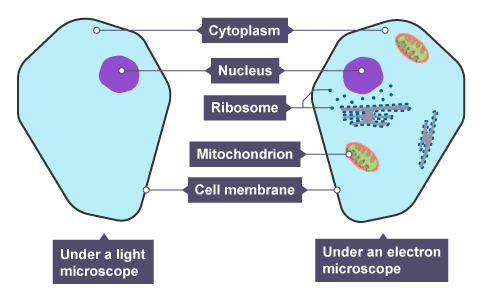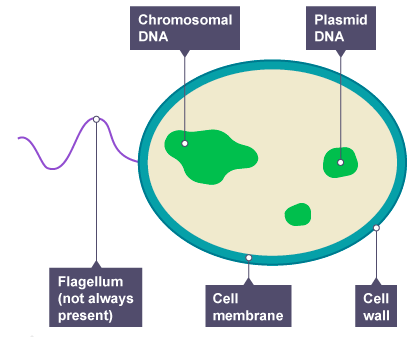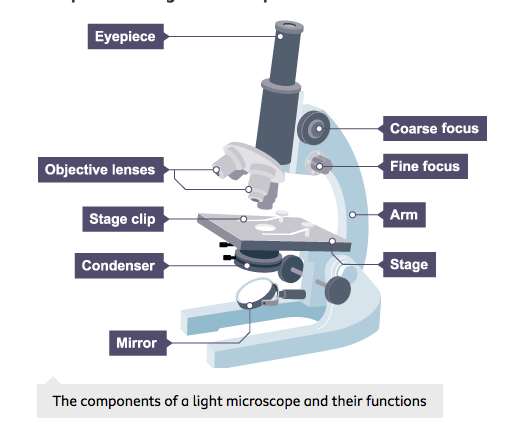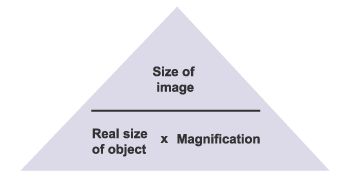Cells
Types of Cells
Two types of cell can be recognised on the basis of their structure:
- Prokaryotic Cells: Found in Bacteria
- Eukaryotic Cells: Found in Fungi, Plants and Animals
Animal Cells
All animal cells are eukaryotes and have the following sub-cellular structures:
Plant Cells
All plant cells are eukaryotes and have the following sub-cellular structures:
Bacteria
All bacteria cells are prokaryotes and have the following sub-cellular structures:
Specialised Cells
There are many different types of cells in animals, and each type is specialised for a particular role. Organisms require different types of specialised cells that work together in order to function as a whole. Each specialised cell is adapted to its function.
Microscopy
Changes in microscope technology, including electron microscopy, have enabled us to see cell structures and organelles with more clarity and detail than in the past and increased our understanding of the role of sub-cellular structures. However, it does not allow us to view living cells.
Light microscopes are used to study living cells. It provides low magnification and resolution, but it is usually sufficient for regular use.
Using the following formula, you can calculate the magnification of an image.
Sometimes you will need to convert between different units of measurement when calculating the magnification.
E.g. if you have to convert 100 micrometres to nanometers, you have to multiply 100 by 1000.
Therefore 100 micrometres = 100,000 nanometres
E.g. if you have to convert 500,000 nanometres to micrometres, you have to divide 500,000 by 1000.
Therefore 500,000 nanometres = 500 micrometres
- Name 3 sub-cellular structures that can be found in BOTH animals and plants:
- Your answer should include: Cytoplasm / Nucleus / Cell membrane / Ribosomes / Mitochondria
- Name 2 adaptations of the sperm cell:
- Your answer should include: tail / pointy head / mitochondria / enzymes
Explanation: Has a tail for swimming. Pointy head which is needed to penetrate the egg. Contains mitochondria which provides the energy for the sperm cell to move. Carries enzymes to break down the ovum’s cell membrane. - What is 40,000 nanometres in micrometres?
- 40









